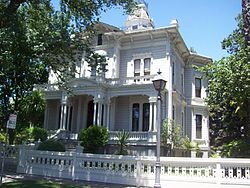
Modesto is the county seat and largest city of Stanislaus County, California, United States. With a population of 218,069 according to 2022 U.S. Census Bureau estimates, it is the 19th largest city in the State of California.

Victorian architecture is a series of architectural revival styles in the mid-to-late 19th century. Victorian refers to the reign of Queen Victoria (1837–1901), called the Victorian era, during which period the styles known as Victorian were used in construction. However, many elements of what is typically termed "Victorian" architecture did not become popular until later in Victoria's reign, roughly from 1850 and later. The styles often included interpretations and eclectic revivals of historic styles (see Historicism). The name represents the British and French custom of naming architectural styles for a reigning monarch. Within this naming and classification scheme, it followed Georgian architecture and later Regency architecture, and was succeeded by Edwardian architecture.

In American architecture, painted ladies are Victorian and Edwardian houses and buildings repainted, starting in the 1960s, in three or more colors that embellish or enhance their architectural details. The term was first used for San Francisco Victorian houses by writers Elizabeth Pomada and Michael Larsen in their 1978 book Painted Ladies: San Francisco's Resplendent Victorians. Although polychrome decoration was common in the Victorian era, the colors used on these houses are not based on historical precedent.

The Italianate style was a distinct 19th-century phase in the history of Classical architecture. Like Palladianism and Neoclassicism, the Italianate style drew its inspiration from the models and architectural vocabulary of 16th-century Italian Renaissance architecture, synthesising these with picturesque aesthetics. The style of architecture that was thus created, though also characterised as "Neo-Renaissance", was essentially of its own time. "The backward look transforms its object," Siegfried Giedion wrote of historicist architectural styles; "every spectator at every period—at every moment, indeed—inevitably transforms the past according to his own nature."
E & J Gallo Winery is a winery and distributor headquartered in Modesto, California. It was founded in 1933 by Ernest Gallo and Julio Gallo of the Gallo family, and is the largest exporter of California wines. It is the largest wine producer in the world, producing over 3% of the world's entire annual supply of 35 billion bottles with an annual revenue of $5.3 billion it is also the largest family-owned winery in the United States. Gallo provides about 3,500 jobs to Modesto residents and 2,500 jobs in other parts of the state, country, and world.

Vanderbilt Mansion National Historic Site is a historic house museum in Hyde Park, New York. It became a National Historic Landmark in 1940. It is owned and operated by the National Park Service.

The John Muir National Historic Site is located in the San Francisco Bay Area, in Martinez, Contra Costa County, California. It preserves the 14-room Italianate Victorian mansion where the naturalist and writer John Muir lived, as well as a nearby 325-acre tract of native oak woodlands and grasslands historically owned by the Muir family. The main site is on the edge of town, in the shadow of State Route 4, also known as the "John Muir Parkway."
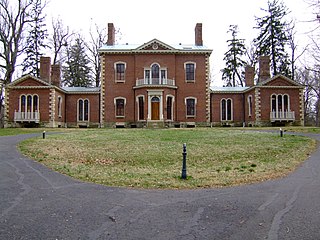
Ashland is the name of the plantation of the 19th-century Kentucky statesman Henry Clay, located in Lexington, Kentucky, in the central Bluegrass region of the state. The buildings were built by enslaved African Americans, and enslaved people grew and harvested hemp, farmed livestock, and cooked and cleaned for the Clays.

The Villa Louis is a National Historic Landmark located on St. Feriole Island, in Prairie du Chien, southwestern Wisconsin. The villa and estate are a historical museum operated by the Wisconsin Historical Society. The site has been restored to its appearance during the late 19th century, when it was the estate of the prominent H. Louis Dousman family, descendants of a fur trader and entrepreneur.

Liberty Hall, also known as the Governor William Livingston House, located on Morris Avenue in Union, Union County, New Jersey, United States, is a historic home where many leading influential people lived. It was documented by the Historic American Buildings Survey (HABS) in 1938. The house was added to the National Register of Historic Places as a National Historic Landmark on November 28, 1972, for its significance in politics and government. It is now the Liberty Hall Museum.
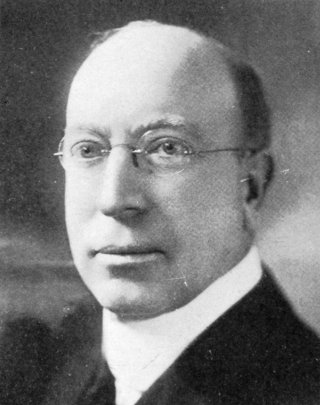
William Henry Langdon was an American banker, lawyer and Associate Justice of the California Supreme Court from January 4, 1927, to August 10, 1939.

The Gable Mansion is a Victorian mansion in Woodland, California, listed as a California Historical Landmark, that was built in 1885 for Amos and Harvey Gable, two Yolo County pioneers and ranchers.
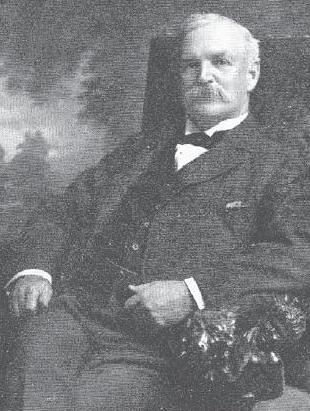
Amzi Lorenzo Barber was a pioneer of the asphalt industry in the United States, and an early participant in the automobile industry as well. He laid many of the roads in Westchester County, New York and was known as "The Asphalt King".
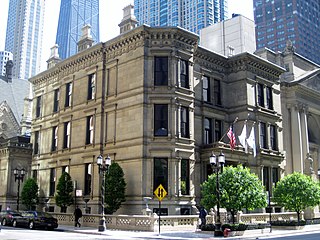
The Samuel M. Nickerson House, located at 40 East Erie Street in the Near North Side neighborhood of Chicago, Illinois, is a Chicago Landmark. It was designed by Edward J. Burling of the firm of Burling and Whitehouse and built for Samuel and Mathilda Nickerson in 1883. Samuel M. Nickerson was a prominent figure in the rising national banking industry, who was said to have owned at one point more national bank stock than anyone else in the United States.
McHenry is a small unincorporated community in Stanislaus County, about 1 mile north of Modesto, California. McHenry is located at 37°42′27″N121°00′15″W.

Downtown Modesto affectionately called "DoMo" by many Modesto residents is the principal administrative area and historic townsite of Modesto, California. Measuring a square-mile, it is bordered by the Needham and Downey Streets to the north, Washington Street to the west, Sierra Drive and Morton Boulevard to the south, and Morton Boulevard and Burney Street to the east. The area has an approximate population of 3,138, and is bisected by the California State Routes 99, 108, and 132.
Rancho del Río Estanislao was a 48,887-acre (197.84 km2) Mexican land grant in present-day Stanislaus County and Calaveras County, California given in 1843 by Governor Manuel Micheltorena to Francisco Rico and José Castro. The grant was located on the north side of the Stanislaus River, which was called Rio Estanislao during the Mexican era, and the grant encompassed present-day Knights Ferry.
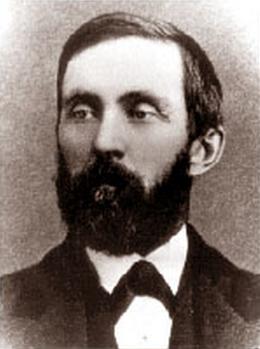
Robert McHenry was an American rancher, politician, and banker noted for his residence, the McHenry Mansion.
